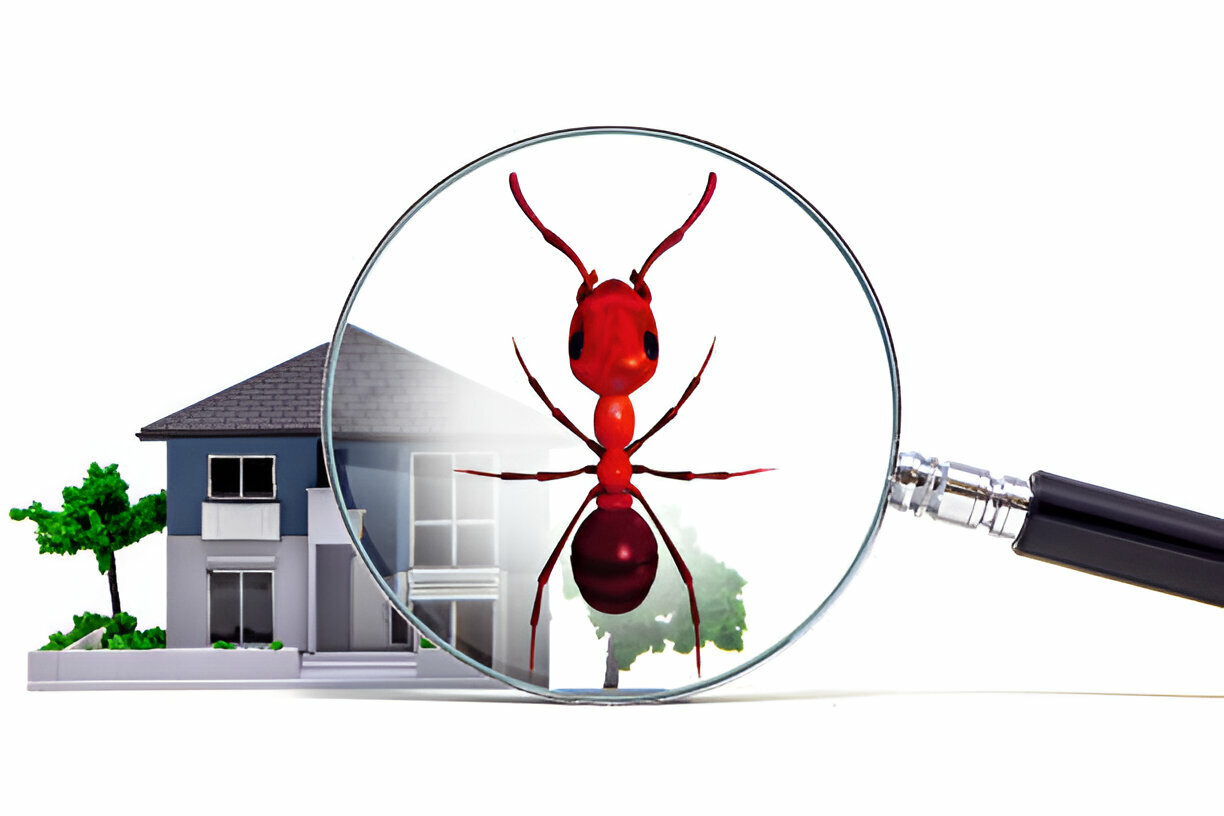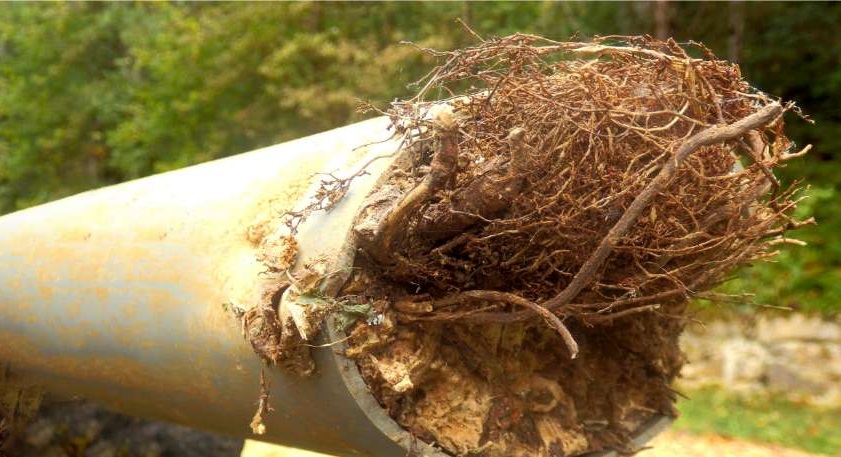In the sun-drenched landscapes of the Southwest, maintaining a home requires vigilance against various threats, with termites being one of the most significant concerns. When conducting an Arizona home inspection, understanding the critical role of termite inspections can make the difference between a sound investment and a costly mistake.
Understanding Arizona’s Termite Challenge
The Desert Subterranean Threat
Arizona’s warm climate and diverse architectural landscape create an ideal environment for termites, particularly the desert subterranean species. These silent destroyers can cause extensive damage to homes, often working undetected until significant structural compromise has occurred. During an Arizona home inspection, identifying early signs of termite activity becomes paramount for both buyers and homeowners.
Common Termite Species in Arizona
The state primarily deals with several termite species:
- Desert Subterranean Termites
- Most common in Arizona
- Active year-round
- Can build mud tubes to access wood
- Drywood Termites
- Less common but still prevalent
- Live entirely within wooden structures
- Don’t require ground contact
- Western Subterranean Termites
- Found in higher elevation areas
- Require more moisture than desert species
- Can cause rapid structural damage
Why Termite Inspections Matter
Economic Impact
The financial implications of termite damage can be staggering:
- Average repair costs range from $3,000 to $16,000
- Structural damage can affect property value
- Insurance typically doesn’t cover termite-related damage
- Prevention costs significantly less than treatment and repair
Structural Integrity Concerns
Termites can compromise:
- Load-bearing walls
- Support beams
- Floor joists
- Roof supports
- Window frames and doors
- Foundation elements
A thorough Arizona home inspection including termite assessment helps identify these potential issues before they become severe problems.
Key Areas of Focus During Termite Inspections
External Inspection Points
- Foundation Perimeter
- Check for mud tubes
- Inspect for wood-to-ground contact
- Look for moisture accumulation
- Examine irrigation system proximity
- Roof and Eaves
- Inspect wooden fascia boards
- Check roof penetrations
- Examine attic vents
- Look for water damage
- Landscaping Considerations
- Evaluate mulch placement
- Check wood pile locations
- Assess tree and shrub proximity
- Examine irrigation patterns
Internal Inspection Areas
- Basements and Crawl Spaces
- Look for moisture issues
- Check for wood debris
- Inspect support posts
- Examine plumbing penetrations
- Living Spaces
- Check window frames
- Inspect door frames
- Look for damaged flooring
- Examine wall surfaces
- Attic Spaces
- Inspect roof framing
- Check ventilation
- Look for water damage
- Examine insulation
Signs of Termite Activity
Visible Indicators
During an Arizona home inspection, professionals look for:
- Physical Evidence
- Mud tubes on foundations
- Damaged or hollow-sounding wood
- Visible swarmers or wings
- Bubbling or uneven paint surfaces
- Secondary Signs
- Doors or windows that stick
- Flooring that sags or squeaks
- Maze-like patterns in wood
- Tiny holes in drywall
Hidden Damage
Some damage requires specialized detection methods:
- Moisture meters
- Infrared cameras
- Acoustic detection devices
- Probing tools
Prevention and Maintenance
Structural Modifications
- Physical Barriers
- Metal mesh installations
- Sand barriers
- Proper foundation design
- Adequate ventilation systems
- Moisture Control
- Proper drainage systems
- Vapor barriers
- Ventilation improvements
- Gutter maintenance
Landscape Management
To reduce termite risk:
- Maintain proper drainage
- Keep wood materials away from structure
- Reduce soil-to-wood contact
- Monitor irrigation systems
- Remove dead vegetation promptly
The Inspection Process
Professional Assessment
A comprehensive Arizona home inspection for termites includes:
- Visual Inspection
- Systematic examination of all accessible areas
- Documentation of findings
- Photo evidence of damage or risk factors
- Moisture reading measurements
- Report Generation
- Detailed documentation
- Risk assessment
- Treatment recommendations
- Prevention strategies
Frequency Recommendations
For optimal protection:
- Annual professional inspections
- Quarterly personal monitoring
- Immediate inspection after water damage
- Pre-purchase inspection for home buyers
Legal and Real Estate Considerations
Disclosure Requirements
Arizona law requires:
- Disclosure of known termite issues
- Documentation of previous treatments
- Sharing of inspection reports
- Notification of active infestations
Real Estate Transactions
Termite inspections affect:
- Property valuation
- Sale negotiations
- Closing requirements
- Insurance considerations
Climate Change Impact
Changing Patterns
Recent environmental changes affect termite behavior:
- Extended active seasons
- Expanded territory ranges
- Increased reproductive cycles
- Modified feeding patterns
Adaptation Strategies
Modern prevention must consider:
- New construction methods
- Alternative materials
- Advanced monitoring systems
- Updated treatment protocols
Conclusion
The importance of termite inspections in Arizona cannot be overstated. As part of a comprehensive home maintenance strategy, regular termite inspections protect your investment and ensure peace of mind. Understanding the signs, prevention methods, and proper inspection protocols helps homeowners make informed decisions about protecting their properties from these destructive pests.
Remember that early detection through regular inspections is far more cost-effective than dealing with extensive damage. Whether you’re buying, selling, or maintaining a home in Arizona, make termite inspections a priority in your home maintenance routine. By staying vigilant and working with qualified professionals, you can protect your home from the significant threats that termites pose in Arizona’s unique climate.







